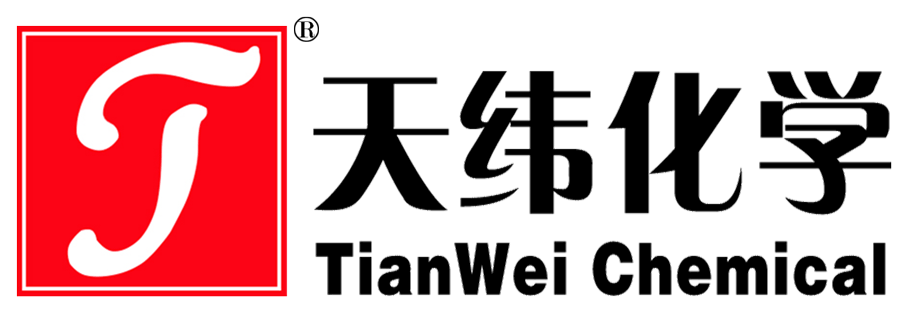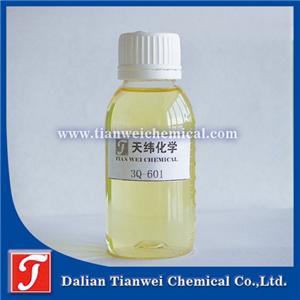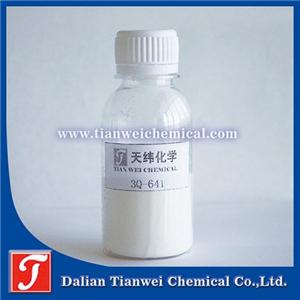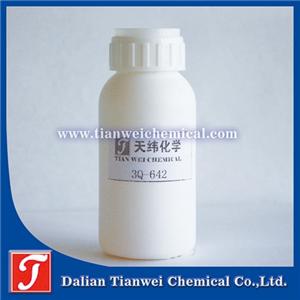The application of antibacterial agents in PPR pipes
Adding antibacterial agents to PPR (random copolymer polypropylene) pipes is a technical means to enhance their hygiene performance, especially suitable for fields with strict requirements for microbial control, such as drinking water transportation, medical care, and the food industry. The following is a detailed analysis of the application of antibacterial agents in PPR pipes:
1. Selection of antibacterial agents
The processing temperature of PPR pipes is relatively high (usually 200-260°C), so high-temperature resistant and stable antibacterial agents need to be selected.
Inorganic antibacterial agent
Silver ions (Ag⁺) : Broad-spectrum antibacterial, heat-resistant, and long-lasting (such as silver-loaded zeolite, zirconium phosphate silver-loaded).
Zinc ions (Zn²⁺) : They have a relatively low cost and possess both antibacterial and anti-algae functions (such as zinc oxide nanoparticles).
Copper ions (Cu²⁺) : They have a significant effect on fungi, but may affect the color of the pipe.
Organic antibacterial agent
Quaternary ammonium salts: They have a fast antibacterial speed, but poor heat resistance (requiring modification or coating treatment).sothiazolinones: Suitable for low-temperature processing or surface treatment.
Composite antibacterial system
Silver + zinc ion synergy: Broadening the antibacterial spectrum and reducing costs.
Nano titanium dioxide (TiO₂) : Photocatalytic antibacterial, but requires ultraviolet activation (suitable for exposure environments).
2. Addition method and process
Blending extrusion method (mainstream process)
Pre-mix the antibacterial agent with PPR resin, antioxidants and other additives.
The granules are fused and blended through a twin-screw extruder (to produce antibacterial masterbatches).
Antibacterial masterbatch is mixed with ordinary PPR material in proportion and then extruded into pipes.
Key points: Control the extrusion temperature (to prevent the decomposition of the antibacterial agent) and ensure uniform dispersion.
Surface modification method
Plasma treatment or chemical grafting: Fixing antibacterial molecules (such as quaternary ammonium salts) on the inner wall of the pipe.
Coating technology: Spray a polymer coating containing antibacterial agents (suitable for secondary processing of existing pipes).
3. Performance Requirements and Challenges
High-temperature resistance: The antibacterial agent needs to remain stable at the PPR processing temperature (below 260°C) and the long-term service temperature (60-70°C).
Long-lasting effect: Prevent the rapid migration or dissolution of antibacterial agents (inorganic antibacterial agents are superior to organic ones).
Hygiene and safety: Complies with drinking water standards (such as ISO 15874, GB/T 17219), ensuring no excessive heavy metals or harmful leaching
Mechanical properties: The addition amount of antibacterial agent (usually 0.5-2%) shall not significantly reduce the pressure resistance and impact resistance of the pipe
4. Evaluation criteria for antibacterial effects
International standard
ISO 22196 (Quantitative Test for Antibacterial Properties of Plastic Surfaces)
ASTM E2149 (Dynamic Contact Antibacterial Test)
Domestic standard:
GB/T 31402-2015 (Test Methods for Antibacterial Properties of Plastic Surfaces)
QB/T 2591-2003 (The antibacterial rate of antibacterial plastics should be ≥90%).
Test strains: Escherichia coli (Gram-negative), Staphylococcus aureus (Gram-positive), Aspergillus Niger (mold), etc.
5. Typical Application scenarios
Drinking water pipes: Inhibit the formation of biofilms on the inner walls of the pipes and prevent the breeding of pathogenic bacteria such as Legionella.
Medical gas pipelines: Reduce the risk of cross-infection in hospitals.
Food industry pipelines: Prevent microbial contamination (such as in dairy and beverage production lines).




